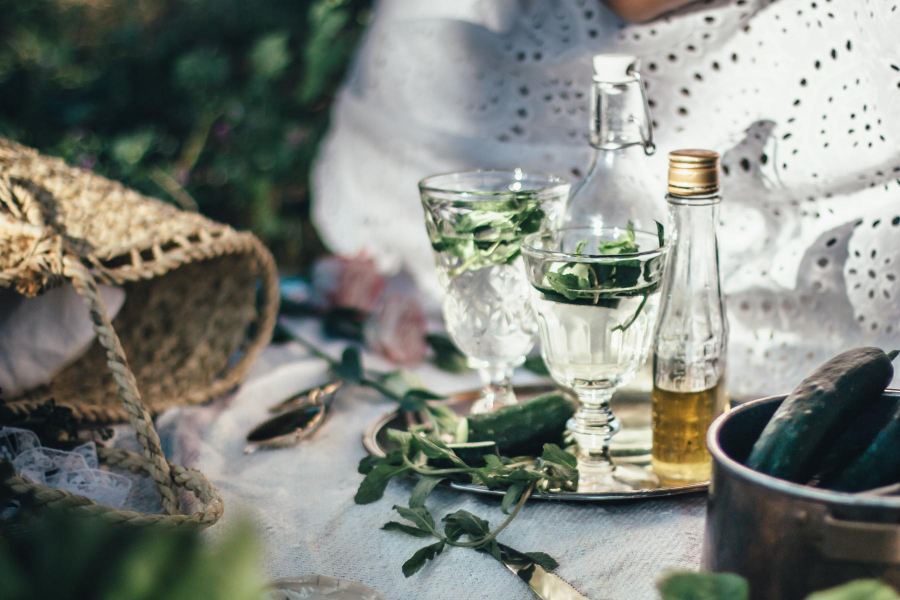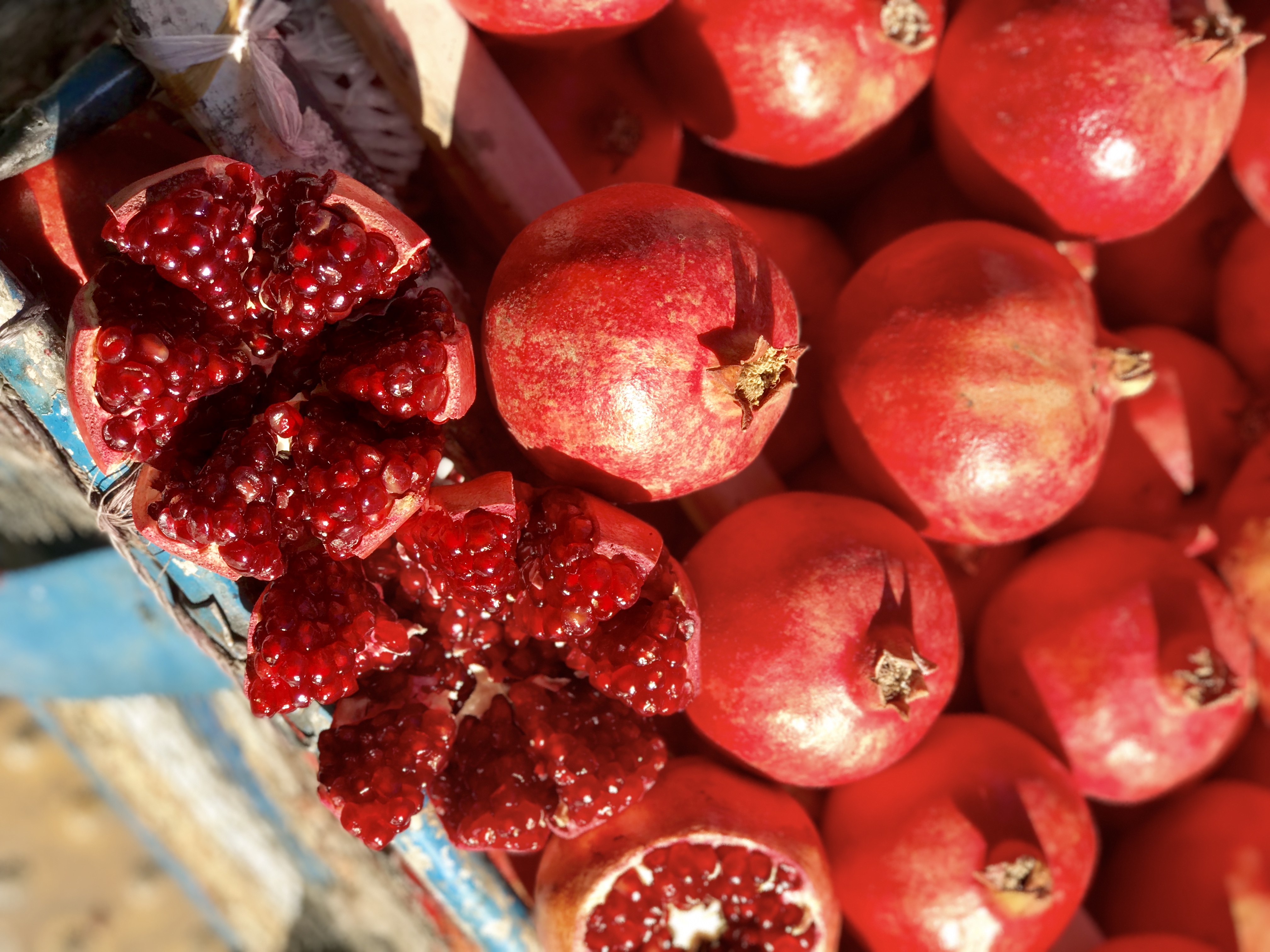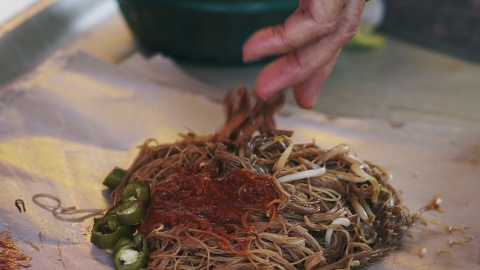In Iran, there are three meals a day: breakfast, lunch, and dinner. Lunch is eaten from 1 pm to 3 pm, and in some places until 4 pm. Of course, because lunch is eaten so late, dinner is usually eaten after 9 pm until 12 am.
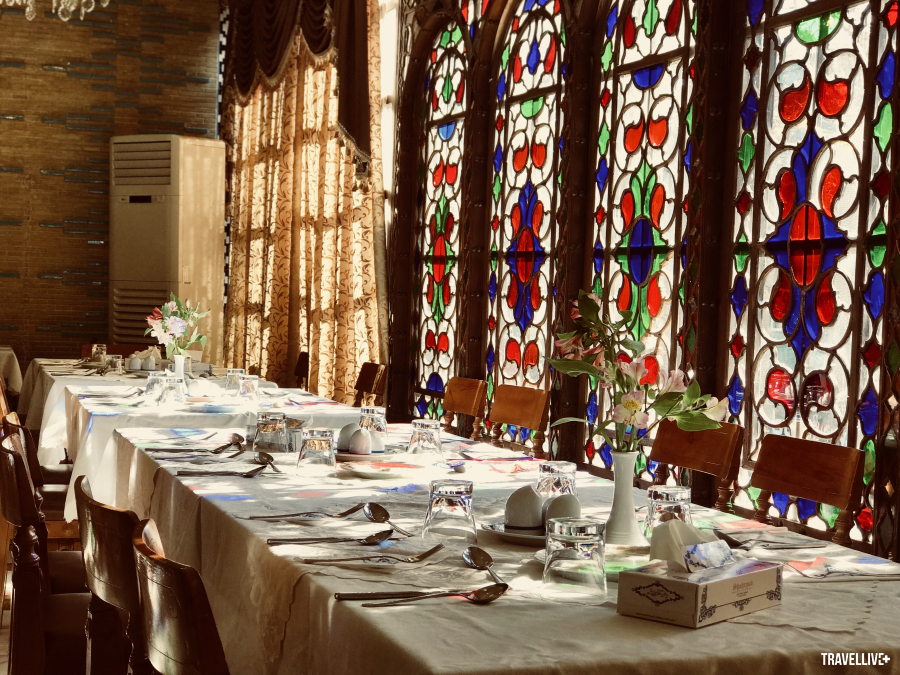
Iranians take family meals very seriously - dinner is often the most important meal, with grandmothers and mothers being the main cooks.
Breakfast is usually very simple with bread, butter, honey and scrambled eggs with tomatoes or fried eggs. Sunday breakfast is similar to a late breakfast, taking place around 10am, including bread, jam, honey, fresh milk, fruit, boiled eggs, cheese...
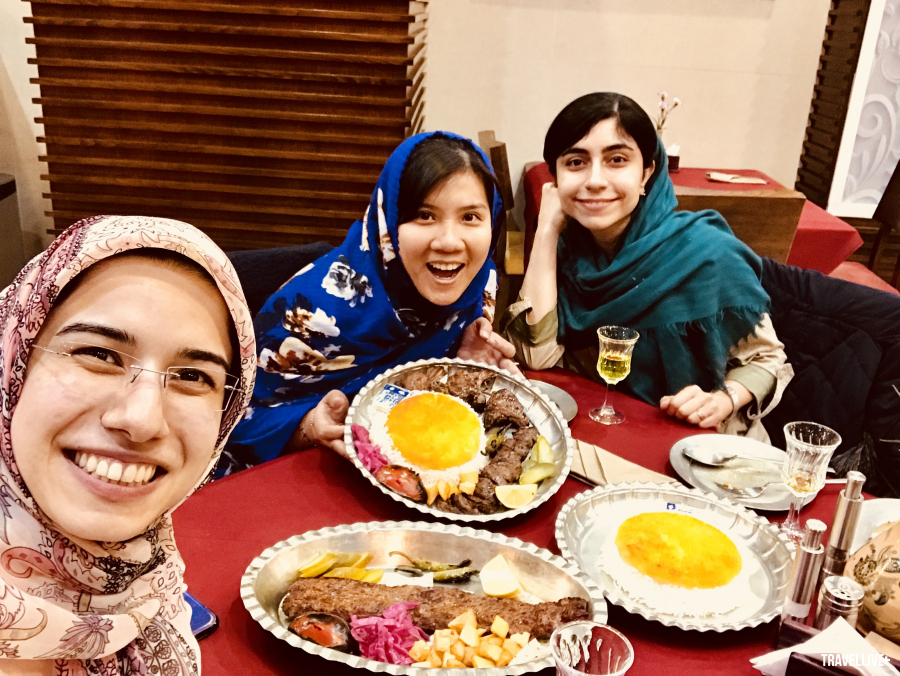
Weekend meals are the most common gathering time for family members.
Let's learn about popular foods and drinks used in almost every Iranian meal.
Bread
Bread is an indispensable dish in Iranian meals, rice may not be present but bread is definitely required. In Iran there are more than 40 different types of bread (Nan), but the most popular are four main types of bread: Barbari, Lavash, Sangak, Gandhi.
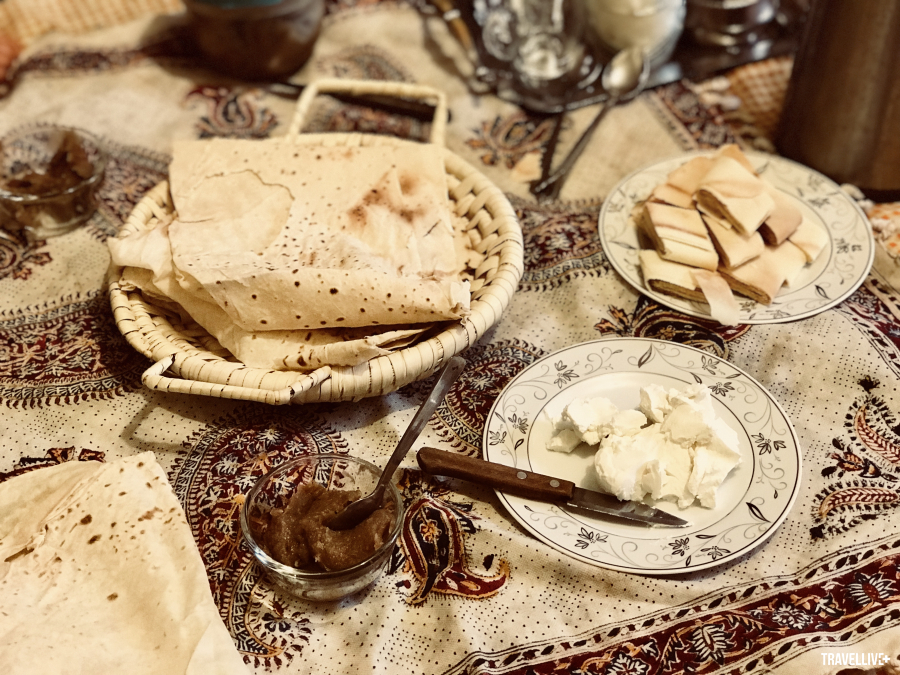
Barbari originates from the city of Tabrizi, oval shaped, about 1 cm thick, rich, can be seasoned with sesame, olive oil or rosemary to enhance the flavor. This is also my favorite bread in Iran. Lavash is round or oval shaped like rice paper and is the oldest bread in the Middle East and Central Asia. Sangak is rectangular, baked on stone. Gandhi is a sweet bread, also eaten for breakfast or with tea…
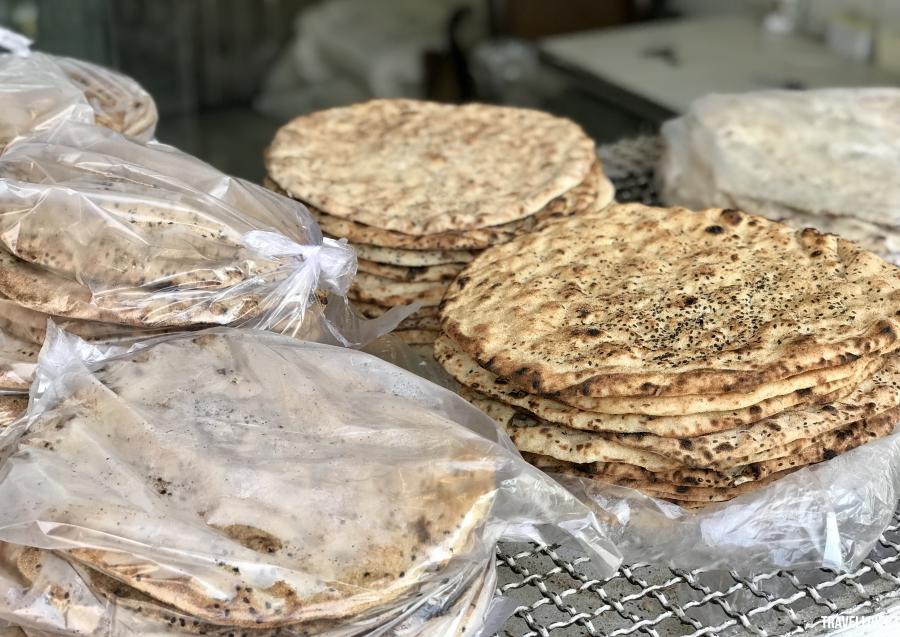
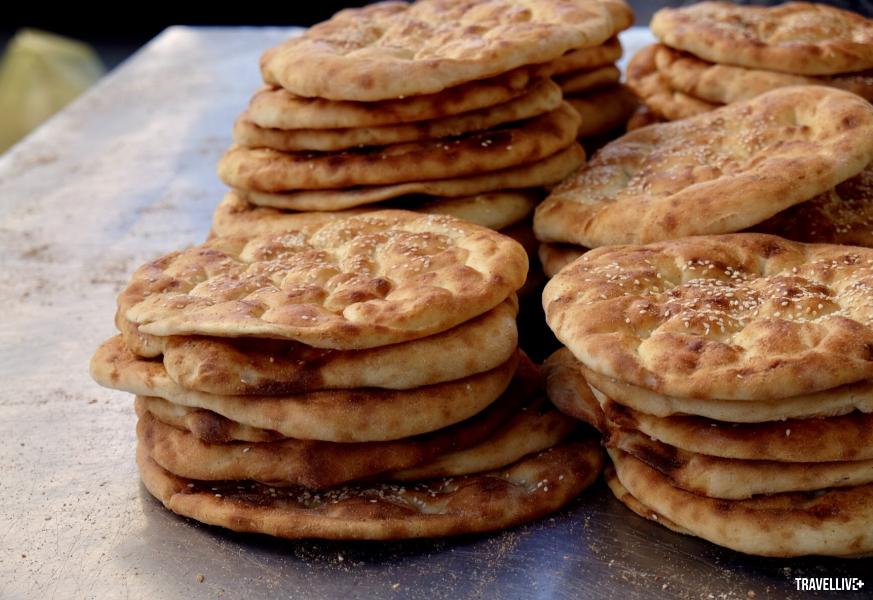
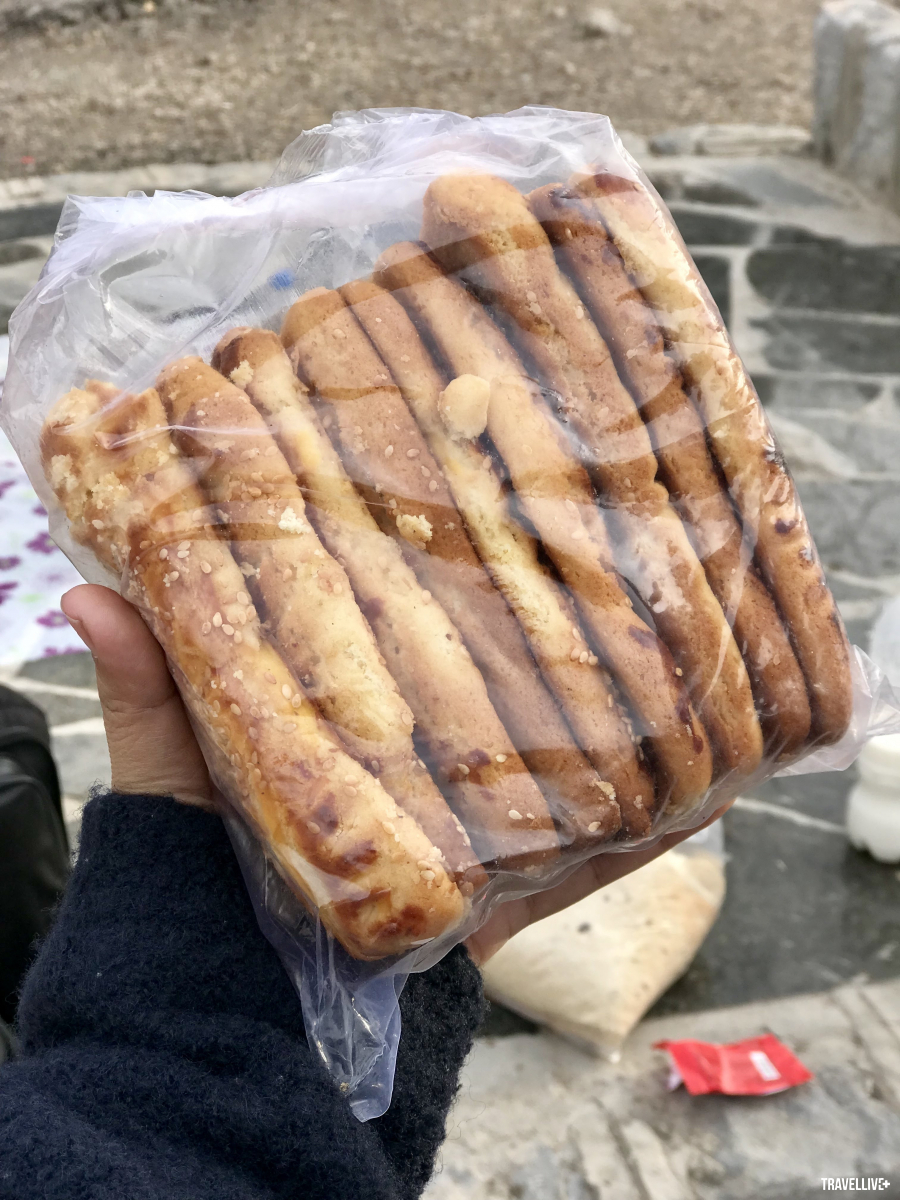

Bakeries are everywhere in Iran. If you pass by a bakery early in the morning, you will see a bustling scene, people lining up, taking a number, paying and then buying bread. The special thing is that the bread does not need to be wrapped or put in a bag, people carry it directly home. And in most bakeries, people pay by themselves into the machine with coins or cards, the staff does not collect money.
Rice
Besides bread, rice is also an indispensable dish in every meal in Iran. Rice in Iran is cooked from long grains of rice, not too sticky. There are three types of rice: white rice, yellow rice - colored with Saffron, and mixed rice mixed with dried fruits and nuts. Usually in meals, people will use white rice but still mix a little yellow rice to create more highlights and appeal to the rice dish.
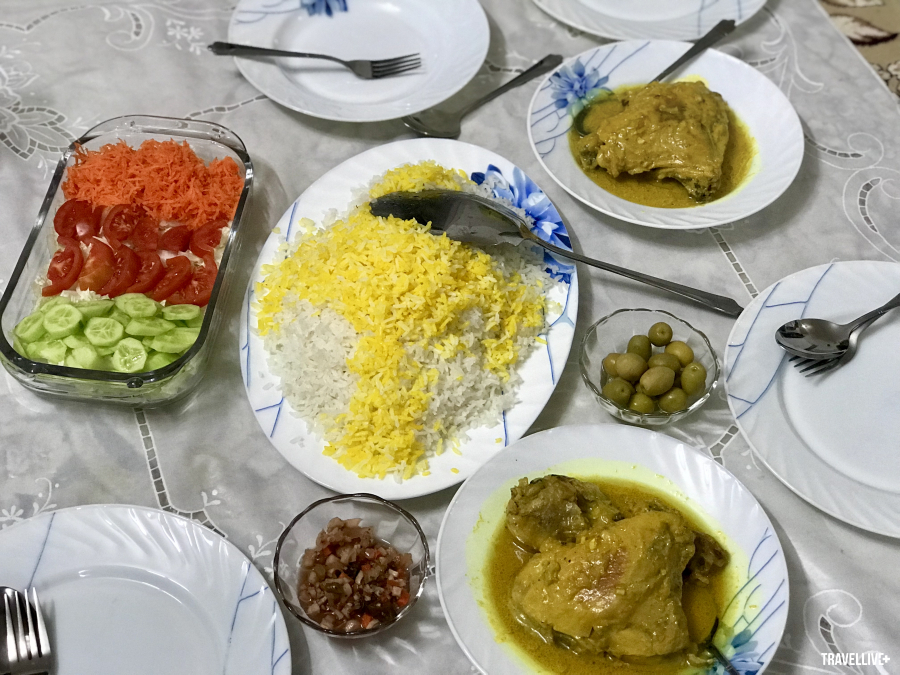

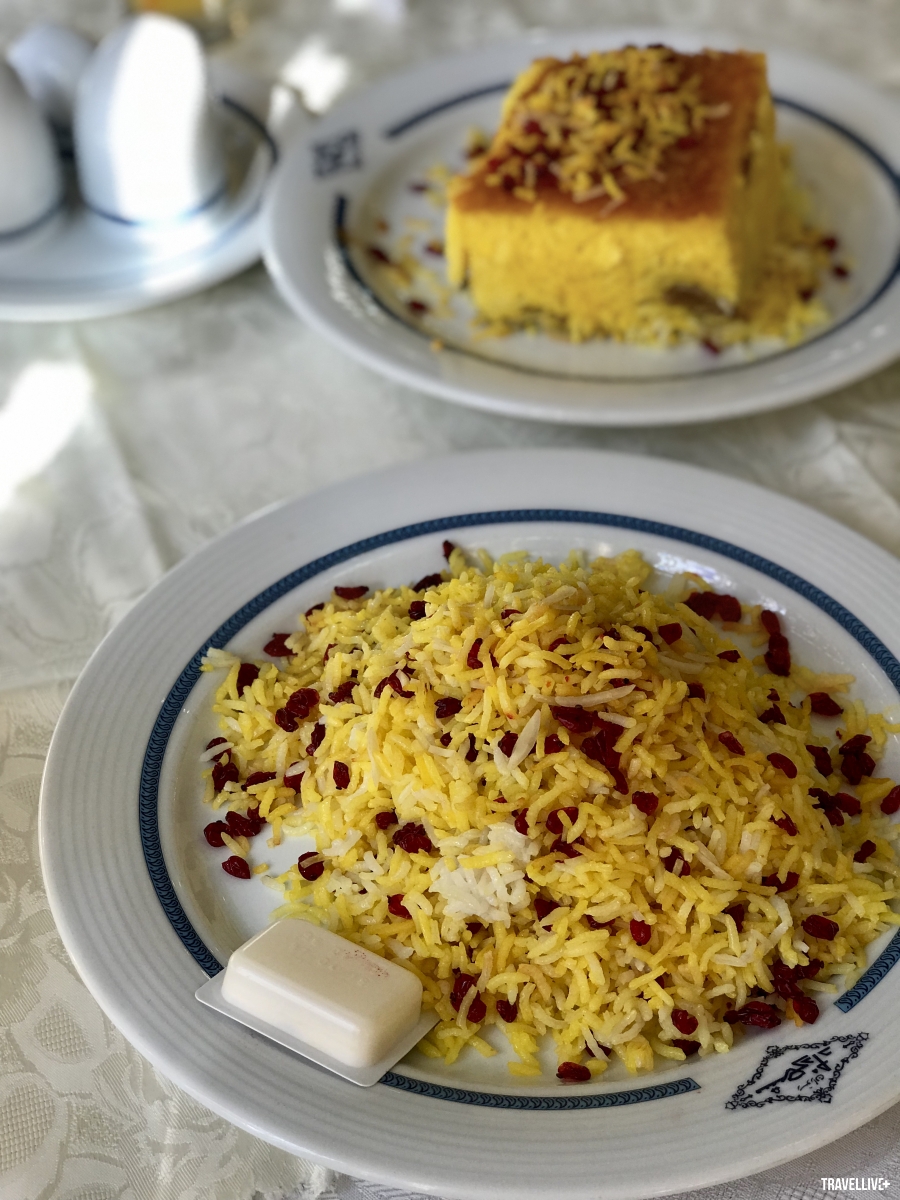
Rice is often eaten with grilled or stewed dishes, but sometimes Iranians cook a pot of rice with the bottom layer of rice and the top layer of vegetables and meat. The pot is covered, not opened during cooking, and cooked over low heat for several hours. When eating, they scoop the meat and vegetables onto a separate plate and the rice onto a separate plate.
Salad
Like Italians, Iranians eat salad after meals. Salads include lettuce, tomatoes, cucumbers, fresh and dried fruits, nuts, etc., served with plain yogurt or special dressings made from pomegranate vinegar, salt, olive oil, and herbs. Iranians especially love sour foods, so yogurt is an indispensable dish and cooking ingredient in every kitchen.

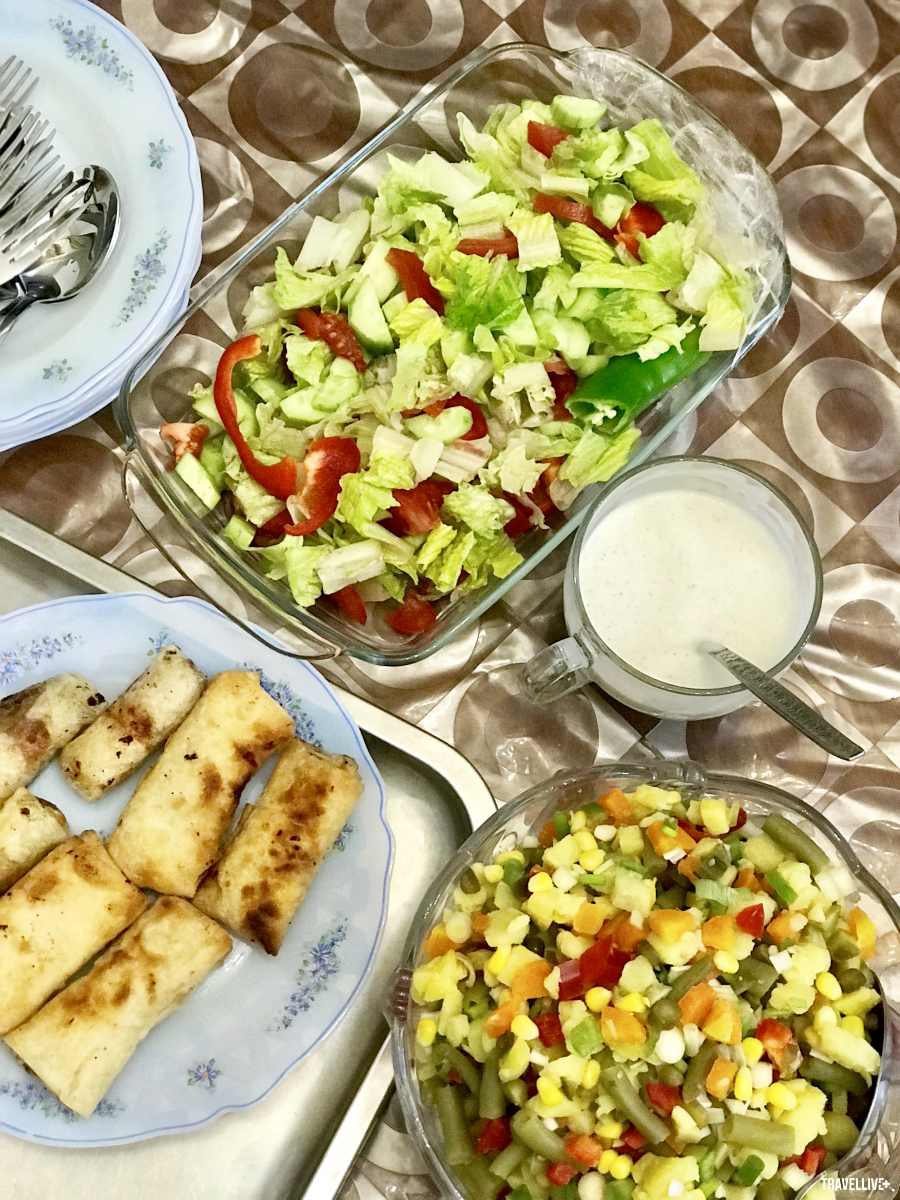
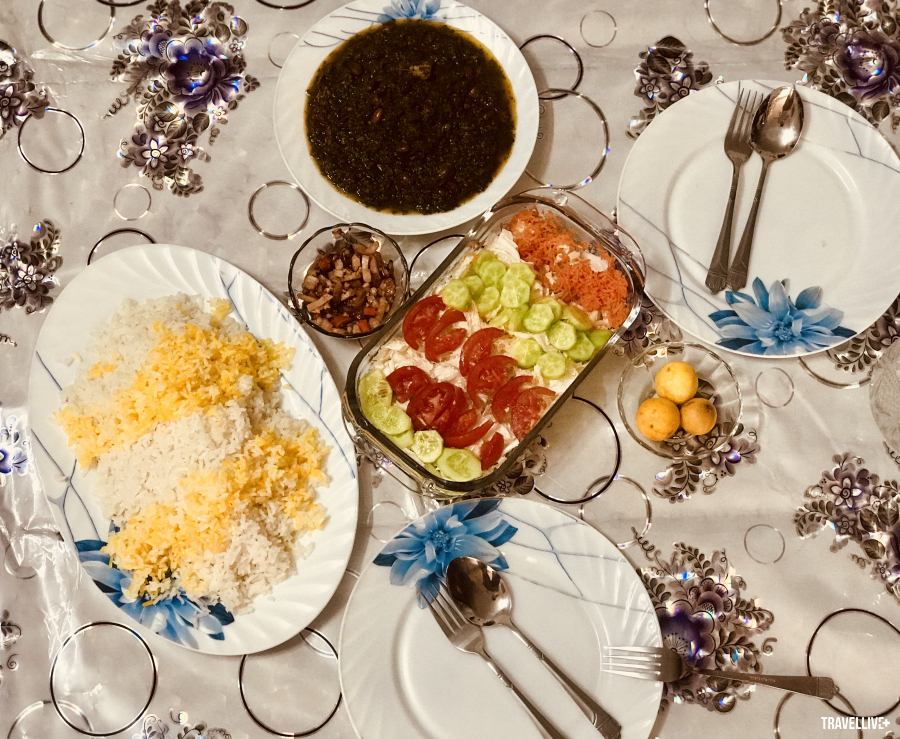
Yogurt is mainly unsweetened, mixed into a sour drink with salt, dill, soda or mint..., called Doogh. In addition, they also use yogurt to marinate grilled meats, the natural acidity in yogurt makes the meat tender, reduces the fat and makes the meat much more delicious when grilled over an open fire.
Dessert
After the main meals, desserts are also a highlight of Iranian cuisine. Personally, I am not too fond of puddings or candies coated with nuts because they are a bit too sweet for my taste. Puddings are made from rice, with added saffron for color, can be cooked with milk or water with sugar, add some spices such as cinnamon, star anise then sprinkle with pistachios on top.

At Yard, there is a famous dessert that I really love, Faloodeh - made from corn flour, formed into long, thin strands like vermicelli, feels like eating sweet soup - served cold with rose syrup and basil seeds.
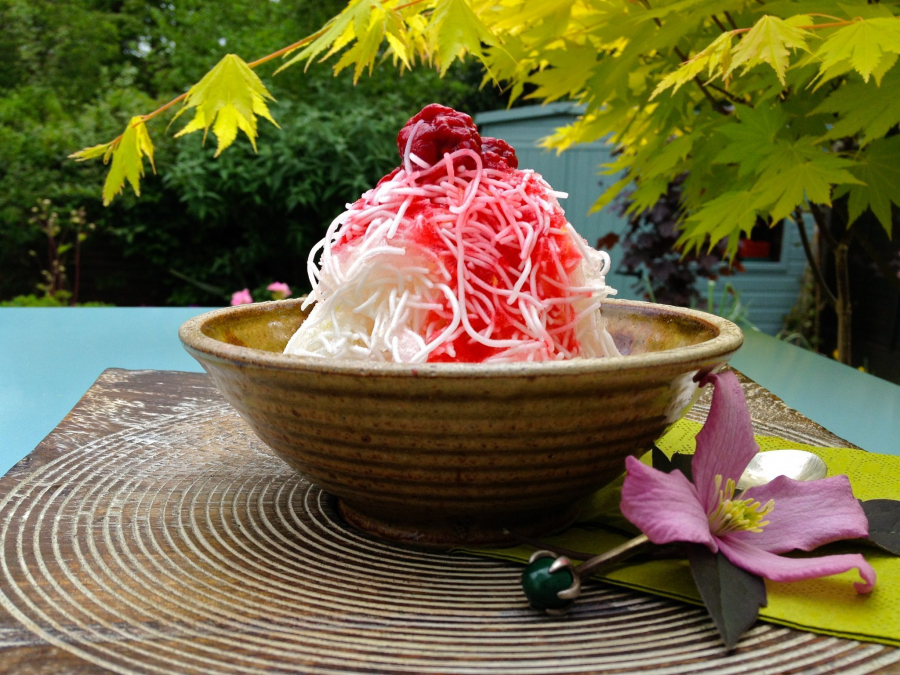
tea, coffee
Iranians do not drink much coffee but have a habit of drinking tea all day. Whenever guests come to the house, the host will offer them tea and sweets. The tea here is black tea, when drinking Iranians will hold a sugar cube in their mouth and sip the tea or use rock sugar sticks called Nabat to sweeten the tea.
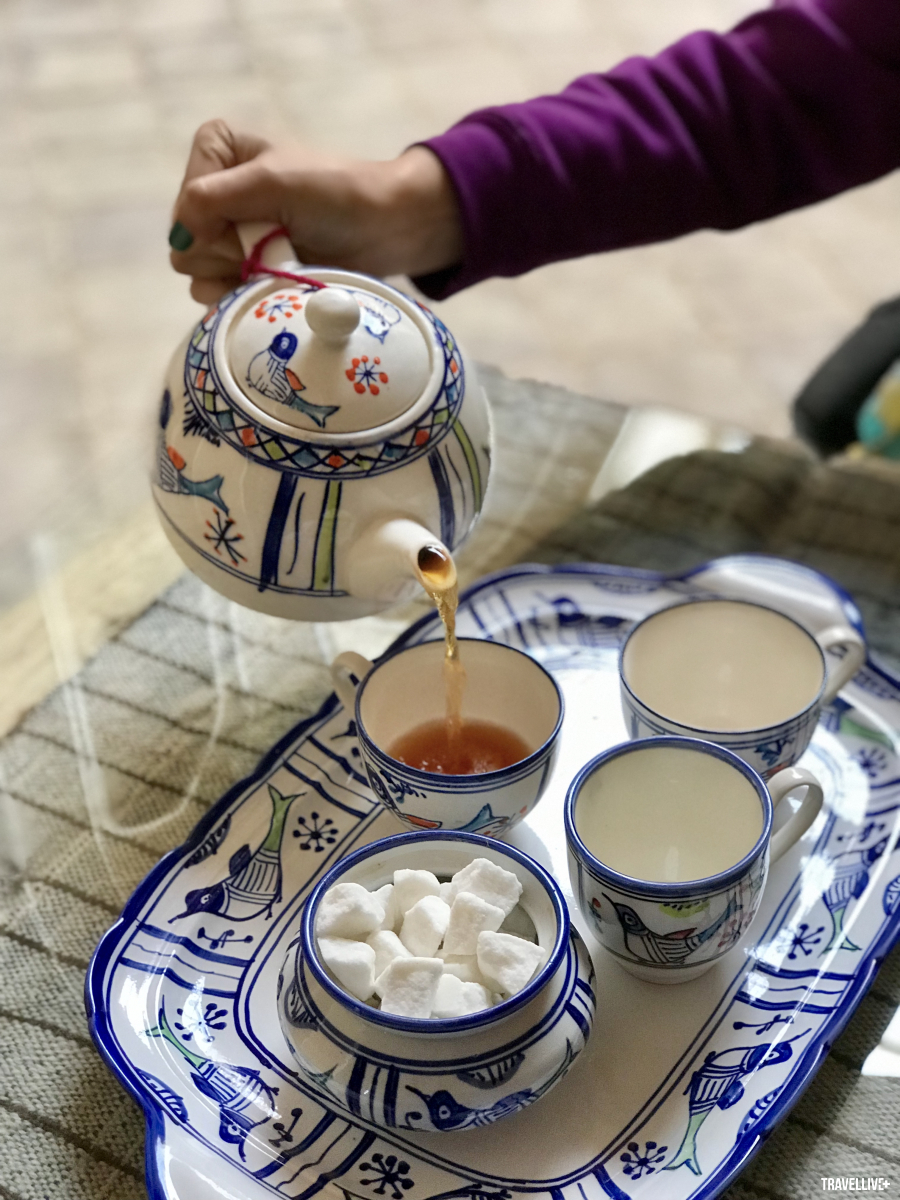
Another unique drink you should know about is Sekanjebin - a mild syrup made from vinegar, mint and sugar, with a little sparkling/still water or rose water added. Iranians drink Sekanjebin chilled with meals like Doogh because the slight acidity from the vinegar helps in digestion.
